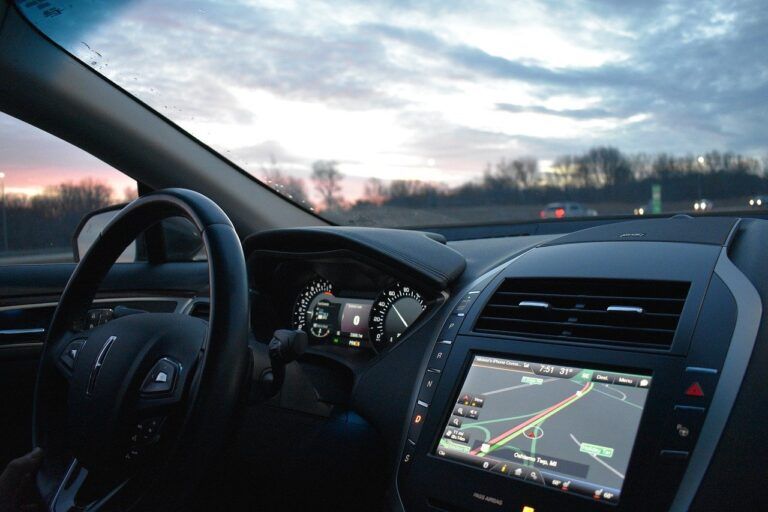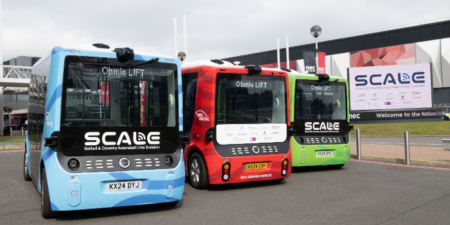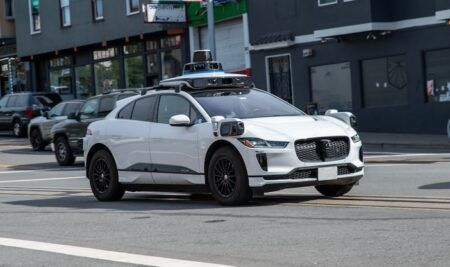Zenzic, an organisation dedicated to accelerating the self-driving revolution in the UK, has just released its latest report, which reveals that getting self-driving vehicles on UK roads by 2030 will require industry-wide consensus to create large-scale platforms for the collecting, processing and sharing of connected and autonomous vehicle (CAV) specific mapping data.
The report aims to help the self-driving vehicle industry agree on defining how mapping data can be shared between companies and authorities, to speed up the development of safe self-driving vehicles, without hindering competition.
The report, entitled ‘Geodata report – analysis and recommendations for self-driving vehicle testing Zenzic consultation findings’, shows that solving the current fragmentation of geospatial mapping data is vital in ensuring and enabling self-driving vehicles to be safely on the road both in the UK and globally.
It offers initial steps towards creating a consensus on mapping requirements based on industry-wide feedback and recommendations across six key areas: Data Formats, Data Quality and Resolution, Terminology, Minimum Safe Requirements and Standards, Government Data and Traffic Regulation Orders (TROs) and Data Hosting.
The findings are based on the input of organisations including Arcadis and Midlands Future Mobility and additional international partners.
Key insights from the report include:
- Merging mapping data from regional sources (with over 200 Local Highway Authorities in GB alone) will require streamlining to avoid multiple different ways of processing and handling data.
- Mapping data quality, specifically accuracy and precision of such data, is seen to be more important than resolution.
- 10cm (with 5cm for lane boundary information) was posited as suitable resolution for AV systems that use HD maps and 2cm for those that do not.
- The connected and self-driving technology industries should follow the Gaming, Weather and BIM (Building Information Modelling) sectors when it comes to finding common terminology, in addition to working closely with BSI and the Open Geospatial Consortium.
- Currently both TN-ITS and ISO 20542 standards are widely used by equipment and vehicle manufacturers. Harmonisation between the two standards will take some time, so testing facilities must initially be able to accommodate both.
“This report shows that the global self-driving vehicle development industry agrees that mapping data needs to be easily shareable for us to achieve the goal of having self-driving vehicles on our streets by 2030,” says Daniel Ruiz, CEO, Zenzic. “When it comes to the maps which will form the basis of how self-driving vehicles see the world, the details matter, from how this data is shared, to what resolution of mapping data is deemed safe. The UK is well placed to lead the development of standards and regulation as organisations like OS and BSI have done some for decades.”





